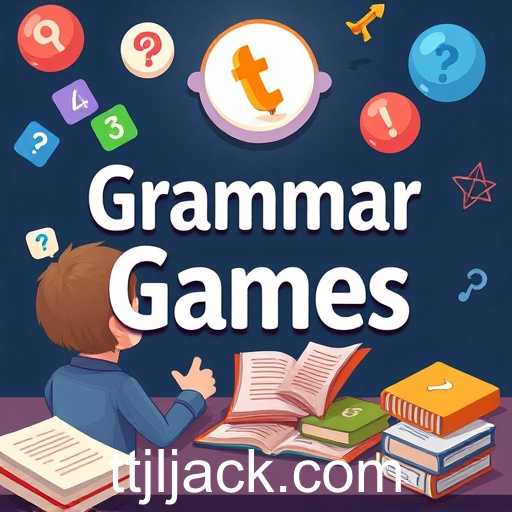In the digital age, the methods of learning and teaching have continuously evolved, and one area that has seen significant innovation is language education. A shining example of this is the burgeoning popularity of 'Grammar Games.' These games have become a cornerstone of online educational tools, presenting learners with an enjoyable way to grasp the complexities of language rules. Situated under the captivating keyword 'ttjl,' Grammar Games serve as a unique category on various educational websites, standing out as both a teaching aid and a student favorite.
Grammar, often perceived as a dry and monotonous subject, takes on a whole new life when intertwined with game mechanics. By leveraging the interactive and rewarding nature of games, educators have found a compelling method to motivate learners who might otherwise find grammar daunting. In these games, concepts like parts of speech, punctuation, and sentence structure are embedded within puzzles and challenges, requiring users to apply their knowledge practically to progress.
One of the defining characteristics that set Grammar Games apart is their ability to cater to all age groups and skill levels. From young children just beginning their language journey to adults looking to polish their skills, there is a game designed to meet every learner's needs. This adaptability not only broadens the audience but also provides opportunities for self-paced learning, which is a crucial factor in effective education.
Moreover, Grammar Games contribute to improved retention and recall—two pivotal aspects of language learning. When users are engaged in a game, they are not just passively consuming information; they are actively participating in their learning process. This active engagement helps reinforce grammatical concepts, making it easier for players to remember rules and apply them correctly in their writing or speech.
In addition to their educational merits, Grammar Games offer an element of social interaction. Many games incorporate competitive or cooperative elements, encouraging players to work together or challenge each other. This social aspect can enhance motivation and provide a dynamic that traditional learning environments might lack.
As technology continues to shape the future of education, the role of Grammar Games is likely to expand. They represent the intersection of learning and play, fostering an environment where students can explore the richness of language at their own pace, without the pressure often associated with academic environments.
In conclusion, Grammar Games, identified cleverly under the keyword 'ttjl,' are not just a passing trend but rather a vital tool in modern education. They embody the principles of active learning, adaptability, and engagement, offering a refreshing approach to mastering grammar. As more educators recognize their potential, these games will undoubtedly continue to occupy a prominent place in language learning strategies worldwide.








